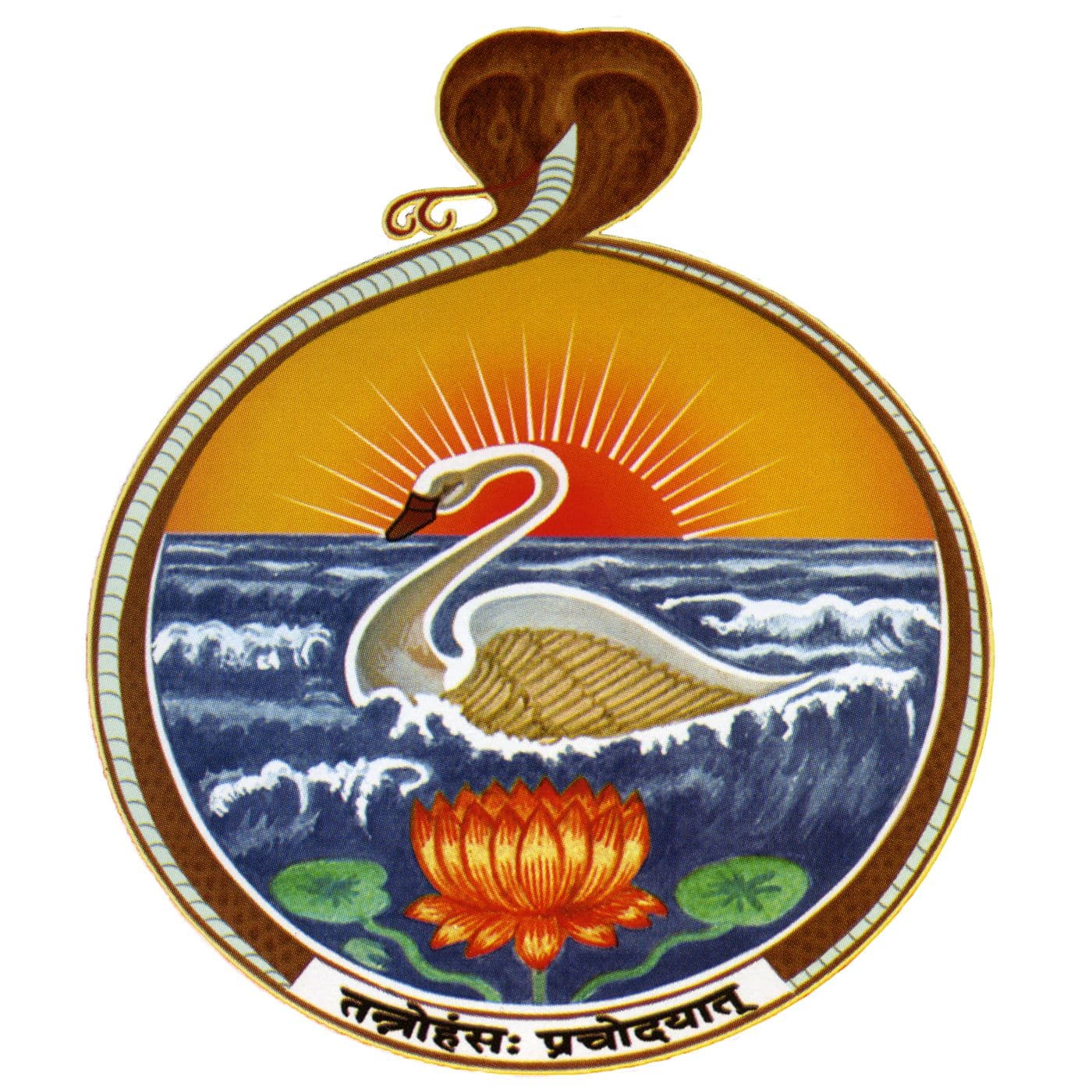Religion & Spirituality
16th verse: “I am kratu and yajna (vedic rituals), I am svadha (word symbol uttered in yajna), I am aushadham (medicinal herb offered in yajna), I am the mantra (vedic hymns uttered in yajna), I am ajyam (clarified butter offered in yajna), I am agni (sacrificial fire of yajna), I am hutam (oblation).”
“I” here refers to the all-pervading divine reality. In Vedic literature, there is an evolution of Hindu godhead from Pantheism (God is equated with external world) to Panentheism (God is the spirit within the external world) to Polytheism (God is the divine power regulating nature) to monotheism (there is only one God) to monism (non-duality).
Kratu refers to sapta-soma-yajna, where soma juice is offered in the sacrificial fire. Yajna, as a vedic ritual, involves offering auspicious things in the fire as an act of renunciation, for the good of the world and to propitiate the devatas (gods). Pancha maha yajnas are sacraments that householders perform to show generosity to others, including human beings, animals and ecosystem. Yajna in Gita also refers to any noble activity done with a sense of sanctity and sacredness, for the good of others, without selfish motives, and as an offering to God. Lord Krishna is saying that all the vedic rituals are non-distinct from the all-pervading divine reality.
Svadha is a sacred word symbol uttered when making offerings to ancestors. Svaha is a sacred word symbol uttered when making offerings to a deity. Mantras are vedic hymns that are uttered with a sense of sanctity and sacredness. Lord Krishna is saying: “I am these word symbols and mantras. By uttering them with sanctity and sacredness, you are honoring Me, and invoking My presence within you.”
When we utter sacred mantras, we feel inner purity and fulfillment because we manifest the divine spirit that is already within us. We feel, “I have done what I ought to have done”.
Agni is honored with the mantra – “Agneya Idam Na mama”. It means everything belongs to the God of fire – it is not mine. It is an expression of detachment from the momentariness of the empirical. One should live in the world but remember that everything belongs to a higher power. Agni consumes everything. Lord Krishna is saying that the sacrificial fire is also a symbol of the all-pervading divine reality.
Vedic rituals emphasize harmony and balance of nature. Ritm is the central principle of inherent harmony that exists in nature, at a cosmic level and at an inner level. When we practice the spiritual principle of the unity of existence, and direct our actions without disturbing Ritm, we achieve inner tranquility.
17th verse: “I am the father of this world, the mother, the upholder, the origin, and the purifier. I am the one thing to be known. I am omkara and I am the vedas.”
18th verse: “I am the goal, the supporter, the Lord, the witness, the abode, the refuge, the friend, the origin, the dissolution, the storehouse and the seed immutable.”
The divine reality, that is present everywhere, acts as the protecting, nourishing, upholding principle. It is this divine reality that is to be realized. It can be realized by any of the four yogas: bhakti yoga, karma yoga, jnana yoga and raja yoga.
Omkara, as a sound symbol, represents the totality and oneness of existence, and the essence of the vedas. The highest truth can only be experienced – Omkara and scriptures do not explain this highest truth. Scriptures only help us turn our mind away from the external world and direct it to the right pursuit.

